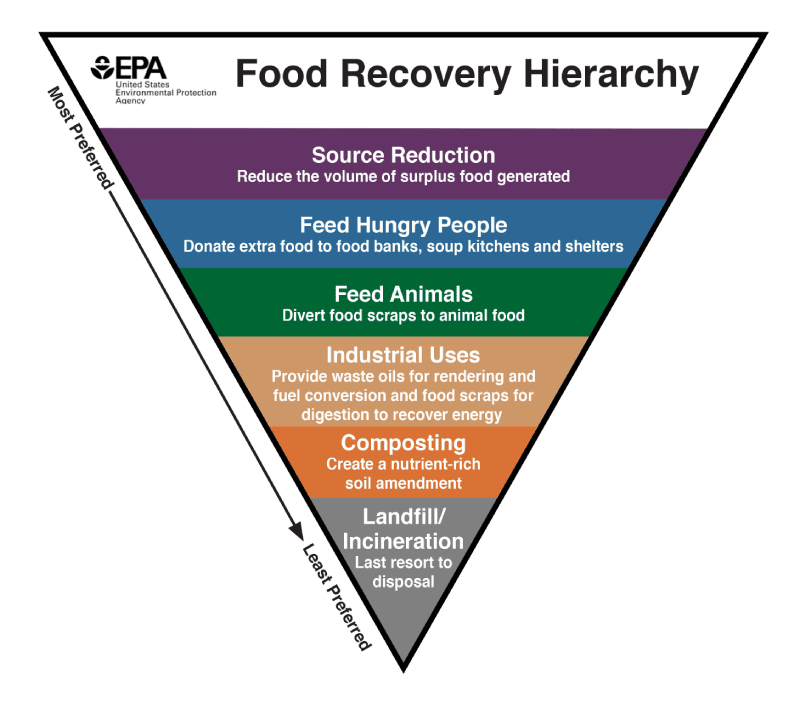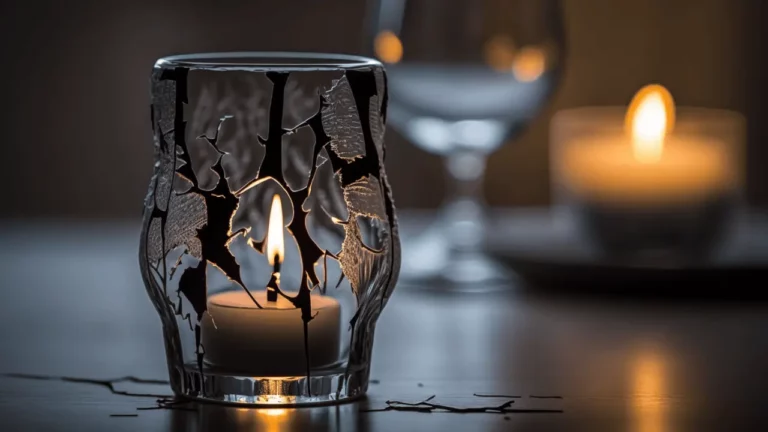Do You Have to Rinse Soda Cans Before Recycling (Solved)
To rinse or not to rinse? You may have pondered this question while you hovered above your bin, unsure if it’s okay to place your soda can as it is, especially if you’ve read that water use reduces recycling savings.
You must rinse soda cans before recycling. If there is visible residue within the cans, rinse them off before throwing them in the recycling bin. A simple rinse will get the job done. Fill the ¼ of the can with water and swirl it around until most of the residual contents are cleared from the edges.
Recycling conserves natural resources. Aluminum and steel cans have a high monetary value and help to avoid further resource exploitation. Hence, it is important to ensure your soda cans are recyclable.
How Should You Wash Your Cans For Recycling?
You don’t have to soap up the cans since recycling facilities are well-equipped to handle filthy cans so a little dried sugariness won’t hinder the process considerably. The majority of the muck left on steel and aluminum cans is burnt away when those containers are melted down. So there’s no need to waste water by running the tap over your recyclables because they’d probably wind up getting cleaned again anyway.
However, you should not throw cans and bottles right away. It’s wasteful and unsanitary as leftovers may breed mold and germs. Rinsing is crucial, and this will become more clear as you understand the recycling process.
Simply fill ¼ of the can with water, swirl it around to get most of the residue off and finally empty it before throwing it into your can recycling bin.
The Recycling Process
Note that when you place your recyclables on the curb, they are not processed immediately. If your local collection service takes up your bins every two weeks, that’s plenty of time for things to deteriorate and decay.

Your cans and bottles are then delivered to a consolidation plant, where they are sorted and baled within 24 hours of arrival. They may stay in a warehouse for weeks or even months at this stage before being sold to a reprocessing factory, where they will be cleaned before being crushed up, melted down, or chipped into flakes.
Mixed Recycling
You have commingled or mixed recycling if you recycle by placing all of your metal, plastic, and paper into a single bin. All items in mixed recycling are separated in a material recovery plant (MRF). All of the components are mixed together at an MRF.
If a container is half-empty of food or water, it will spill onto the other objects. This can degrade the quality of the bin’s other components, such as cardboard and paper.
Single-Stream Recycling
Rinsing is especially important if your city uses single-stream recycling, which collects everything from newspapers to detergent bottles in a single curbside receptacle. If you’re serious about making the recycling process as efficient as possible, be sure you’re not overburdening the system with nonrecyclable items.
There is another issue to consider if your city employs single-stream recycling, in which all of your recyclable items are placed in one bin and sorted at the recycling plant. Even if your unrinsed soda can or other residue-containing object is upright when you place it in the bin, after being deposited into the truck, there’s a strong probability that whatever started inside will come out sometime along the road.
This is especially damaging when there is any paper or cardboard on board. While a drop of Coke may not seem like much, it adds up as it can contaminate a whole batch of paper recycling. Such paper is then tossed into the landfill instead of being recycled.
Making Mindful Decisions
#1 Reducing packaging
Recycling is merely the third R on the waste-management hierarchy; reducing and reusing are much better. Disposal is only one part of the issue; there are considerable environmental costs associated with the production of those boxes, cans, and bottles. Take a look at the Food Recovery Hierarchy provided by the Environmental Protection Agency to understand sustainable food management:

#2 Conserving water
A high-quality, clean recycling stream is crucial, but so is water conservation. A spatula or spoon will generally suffice to extract the majority of the contents. When it comes to cans, a simple rinse will be enough.
When you’re through with the dishes, preserve the container and utilize your filthy dishwater. In this manner, you’ll be reusing water that would otherwise be wasted.
Recycling Guidelines
Some localities used to not require people to rinse their recyclables. They decided to clean the materials themselves. However, several cities are now increasingly requiring households to remove the majority of food remains.
Market economics has evolved as well. Some materials used to be extremely valuable. Recycling is becoming increasingly costly. Making certain that only high-quality materials are gathered might assist to lower total utility expenditures.
Half the problem is knowing what you can and cannot recycle. Cities and counties accept various materials based on access to various sorting facilities, markets, and individuals’ willingness to pay for more complete recycling services.
Ensure that what you throw in the bin is on the local recyclable materials list because it may not be collected in other places just because it is accepted in Arizona. If your item is not on the list, it cannot be processed, has no market value, and will be discarded.
The Bottom Line
Recycling is, at its core, a manufacturing process. When we throw things out, we’re throwing away resources like oil, aluminum, and steel that we don’t have to harvest from the Earth. We need excellent input materials to generate a superior product.
By keeping cans empty, clean, and dry, you may avoid smells, mildew, and pests like insects, rodents, and raccoons. So, to make the process convenient here’s the final list of what to do and what to avoid when recycling soda cans:
| Do’s | Don’ts |
|---|---|
| Swirl the can or bottle in your remaining dishwater. | Throw half-empty containers. |
| Fill a bowl with water and use it to remove residue from many containers at once. | Use soap to clean cans. |
| Shake off the water so that the can is dry. | Take up valuable dishwashing space with items intended for the recycle bin. |
Sources







